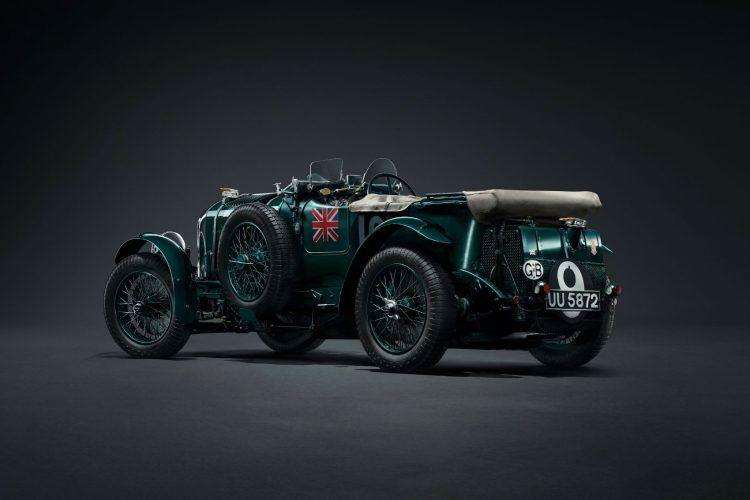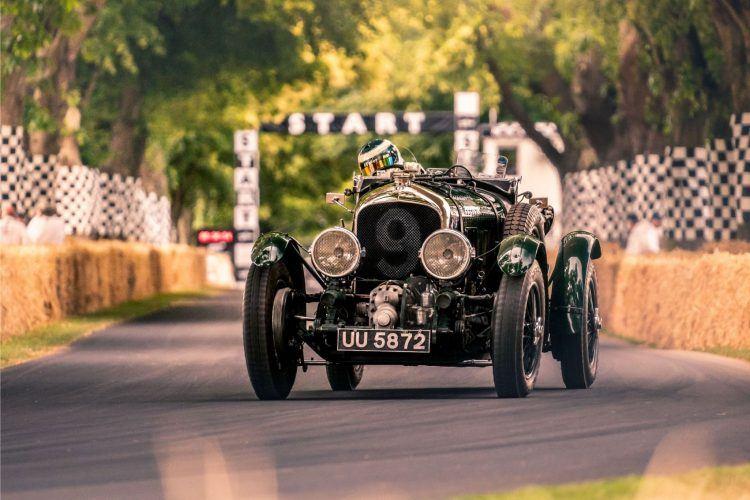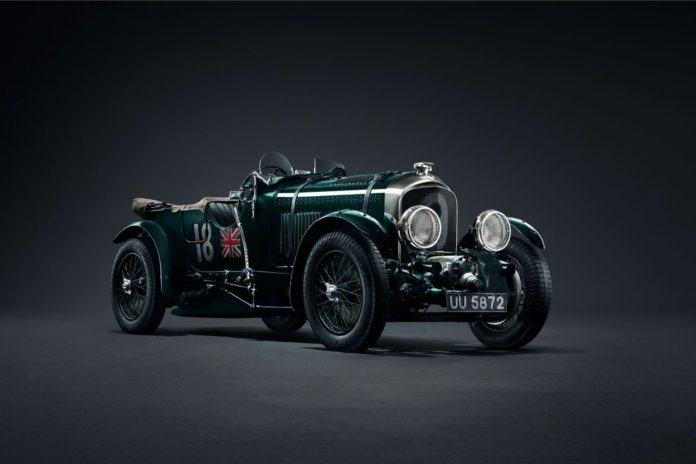For many manufacturers, one car puts them on the map. Bugatti had the Type 35; Porsche with 365; Ford had a Model T. For the Bentley, it was their 1929, loaded with a 4½-litre Blower that Tim Birkin and the Bentley Boys drove to victory during the 24 Hours of Le Mans in 1930. It literally made a mark. To say that Bentley Bentleys are rare and desirable is like saying that Monica Bellucci is attractive enough. Even if you had money, getting a Bentley Blower is very difficult.
Still.
Bentley 1929 Team Blower: A new legacy begins
Bentley is preparing a new build of 12 supercharged 4½-liter superchargers as Sir Birkin drove with such gusto. Each machine is handcrafted by a team of experts from Bentley's specialist and service division, Mulliner. There were, of course, other famous continuations of the series. Shelby did a bunch of cobras before he kicked the bucket and Jag put together the remaining few shots for the Type E lightweight continuation; but these Blowers are the first time anyone has made a sequel car series before World War II.
The 12 sequels are identical, where possible, to the original - mechanically, aesthetically and spiritually, says Bentley - with minimal modifications to comply with modern security protocols.
On the topic: "Build a fast car, a good car, the best in its class." History of V.O. Bentley.
Bentley will use a combination of handcrafting and the latest digital and manufacturing technologies, with the 1929 Team Blower serving as the model for the series to continue. The original, chassis number HB 3403, will first be disassembled into individual components. Each part is cataloged and then 3D scanned to create a complete digital model for the entire vehicle. Using original 1920s molds and tooling fixtures, as well as a selection of traditional hand tools, 12 sets of parts will be created. These parts will then be passed on to experienced Bentley technicians who assemble the new blowers.
 James Bond writer Ian Fleming was a fan of Benter Bentleys. Photo: Bentley Motors.
James Bond writer Ian Fleming was a fan of Benter Bentleys. Photo: Bentley Motors.
90 years young
Then the original machine will be assembled again. (What, you thought they just threw it away??). This gives the heritage team the opportunity to carry out detailed inspection and mechanical restoration where necessary. It turns out that despite the fact that the original blower is very valuable and very old (90 years old), it is still used regularly. You know what you and I would do if it were our car: Mille Miglia Storica, daily hill races at the Goodwood Festival of Speed, a recent California coast tour including a parade at Laguna Seca; It all culminates in the 2019 Pebble Beach Concours d'Elegance. You know gear things.
Related: Love Potion #9: An in-depth look at the Continental GT Number 9 Edition.
Engine technology and chassis design
As a continuation of the original, each of the new Team Blowers will be equipped with a four-cylinder 16-valve engine. The mill includes an aluminum crankcase with cast iron cylinder liners and a fixed cast iron cylinder head. The supercharger is a replica of the Amherst Villiers Mk IV Roots type unit, assisting the 4398 cc engine. See generate power of 240 hp. Yes, it will hang from the nose of the beast, up there in the wind for all to see.
The stamped steel construction will be the same as it was almost a century ago, with a semi-elliptical leaf spring suspension with sporty replicas of Bentley & Draper shocks (shocking us Yankees). The stop, always a strong Bentley suit, will be topped off with a recreation of the original 40cm Bentley-Perrot mechanical drum brakes. This is suitable for drums with a diameter of 17.75 inches or the size of a large pot. Gee, no wonder these things can stop at the pound. Steering is through a worm and sector setup (a recirculating ball for us Yankees).
 Birkin admired the Roots-type supercharger designed by British engineer Amherst Villiers. This increased the power of the 4½ from 130 hp. up to 240 hp Photo: Bentley Motors.
Birkin admired the Roots-type supercharger designed by British engineer Amherst Villiers. This increased the power of the 4½ from 130 hp. up to 240 hp Photo: Bentley Motors.
Pricing and Availability
And no, they won't run these things off the line like so many cans of Coke. Bentley expects it will take Mulliner about two years to complete the entire 12-car series, or about two months for a 4½-liter fan.






